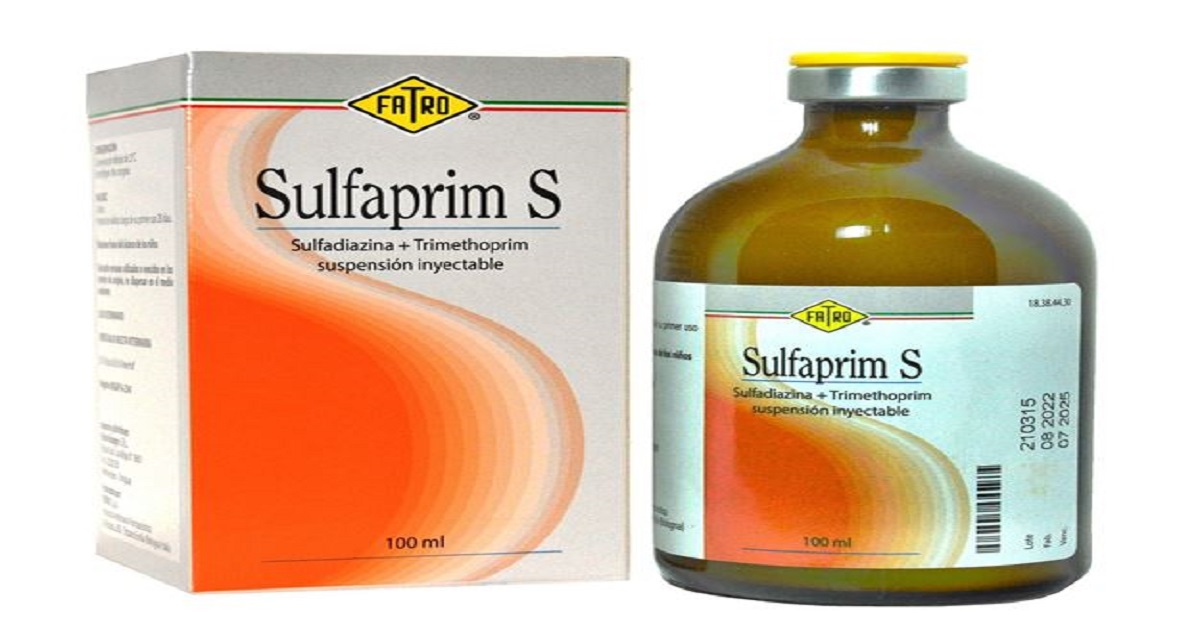Sulfaprim, a medication with a long-standing history in the realm of antibiotics, has been a cornerstone in the treatment of various bacterial infections. Let’s delve into what makes Sulfaprim an essential medication, its mechanism of action, medical uses, dosage guidelines, potential side effects, and much more.
What is Sulfaprim?
Sulfaprim, also known by its generic name sulfamethoxazole/trimethoprim, is a combination antibiotic used to treat a wide range of bacterial infections. This medication belongs to the class of sulfonamides and works by inhibiting the growth of bacteria.
How Sulfaprim Works
Sulfaprim operates through a dual mechanism of action. Sulfamethoxazole inhibits the synthesis of dihydrofolic acid in bacteria, while trimethoprim blocks the production of tetrahydrofolic acid. By targeting different steps in the folic acid synthesis pathway, Sulfaprim effectively disrupts bacterial growth and proliferation.
Medical Uses of Sulfaprim
Sulfaprim finds its application in the treatment of various bacterial infections, including urinary tract infections, respiratory tract infections, skin infections, and traveler’s diarrhea. It is also utilized in the management of certain protozoal infections like Pneumocystis jirovecii pneumonia in immunocompromised individuals.
Dosage and Administration
The dosage of Sulfaprim varies depending on the severity of the infection and the patient’s age and weight. It is typically administered orally and should be taken with plenty of water to prevent crystalluria. For uncomplicated infections, a standard dose of 800 mg sulfamethoxazole and 160 mg trimethoprim twice daily is commonly prescribed.
Side Effects and Precautions
While Sulfaprim is generally well-tolerated, it may cause some side effects such as nausea, vomiting, diarrhea, and skin rash. In rare cases, severe allergic reactions, hematologic abnormalities, and liver toxicity may occur. Patients should be advised to discontinue the medication and seek medical attention if they experience any adverse effects.
Drug Interactions
Sulfaprim can interact with various medications, including anticoagulants, antidiabetic agents, and certain anticonvulsants. It is important to consult a healthcare provider before starting Sulfaprim to avoid potential drug interactions and adverse effects.
Contraindications
Sulfaprim is contraindicated in patients with a history of hypersensitivity reactions to sulfonamides or trimethoprim. It should also be avoided in individuals with severe renal or hepatic impairment, megaloblastic anemia, or folate deficiency.
Safety Profile and Warnings
Special precautions should be taken when prescribing Sulfaprim to elderly patients, pregnant women, and individuals with underlying medical conditions. Renal function should be monitored regularly, especially in patients receiving prolonged therapy.
Overdose and Management
In cases of overdose, symptoms such as nausea, vomiting, and crystalluria may occur. Management involves supportive care and symptomatic treatment. Hemodialysis may be considered in severe cases to enhance drug elimination.
Patient Counseling Points
Patients should be educated about the importance of completing the full course of Sulfaprim as prescribed, even if symptoms improve before the medication is finished. They should also be advised to drink plenty of fluids to prevent dehydration and kidney problems.
Cost and Availability
Sulfaprim is available as a generic medication and is relatively affordable compared to brand-name alternatives. It can be obtained with a prescription from most pharmacies and is covered by many insurance plans.
Alternatives to Sulfaprim
In cases of allergy or intolerance to Sulfaprim, alternative antibiotics such as fluoroquinolones, macrolides, or cephalosporins may be considered. However, the choice of alternative therapy should be based on the specific type of infection and individual patient factors.
Future Perspectives
Research continues to explore new formulations and delivery methods for Sulfaprim, with the aim of improving efficacy and reducing side effects. Advances in pharmacogenomics may also lead to personalized dosing regimens tailored to individual patient characteristics.
Conclusion
Sulfaprim remains a valuable tool in the arsenal against bacterial infections, offering a potent and cost-effective treatment option for a variety of clinical scenarios. However, healthcare providers must be vigilant in monitoring for potential side effects and drug interactions to ensure the safe and effective use of this medication.





















